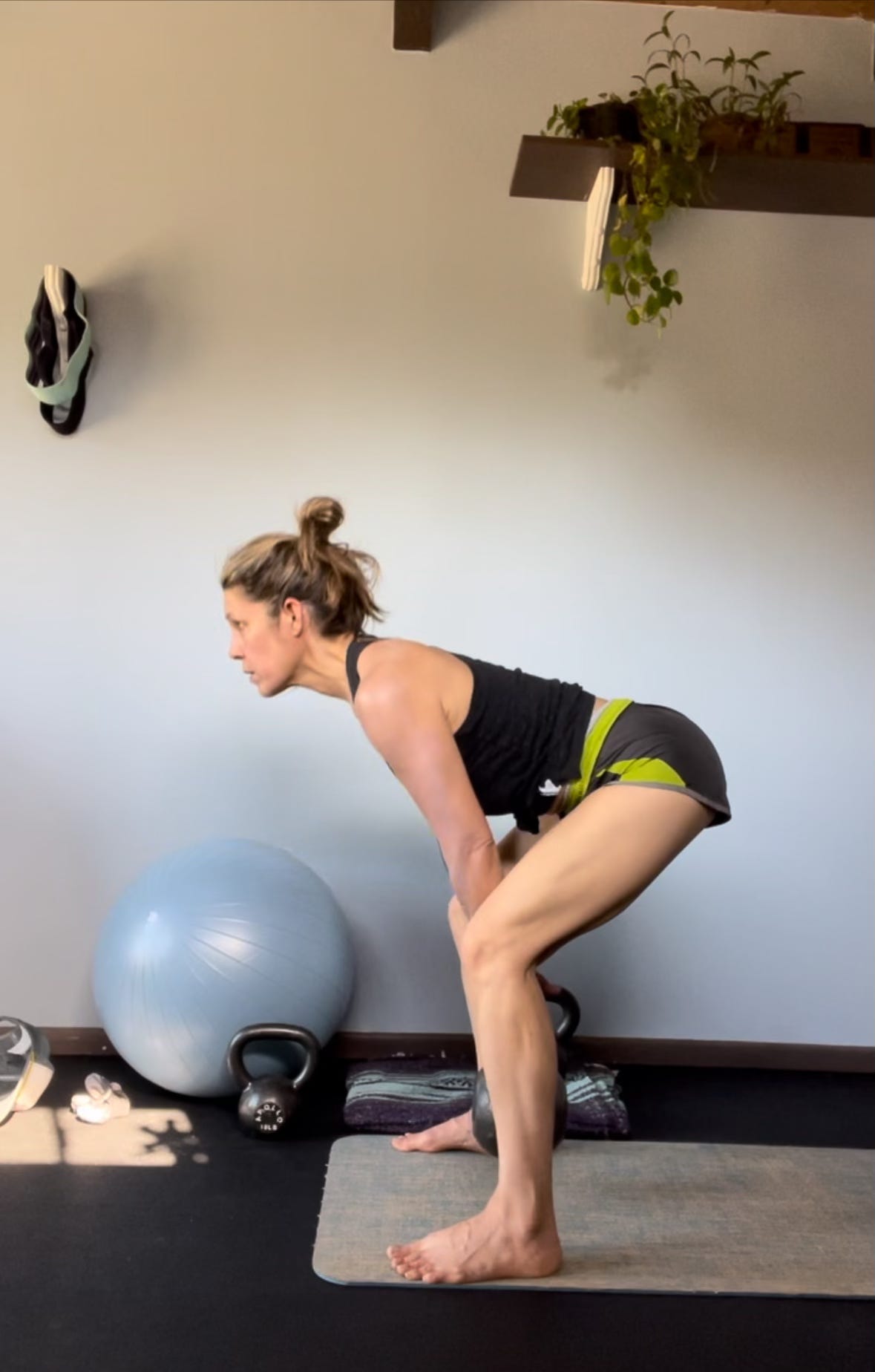Anatomy of a Squat
a basic human movement
I find it interesting that humans have so many issues with posture. “Bad posture” can lead to structural issues and pain. No one wants that. What I’ve noticed while working full-time as a personal trainer for the last four years is that very few people are aware of their bad posture nor are they aware of how to fix it once the issues are brought to light.
What sold me on training, and what I’ve perhaps shared with you before, is that weight training is not about training muscles, it’s about training the nerves that communicate with the muscles! The nerve to muscle communication process takes time, and there is more mental involvement than one may rightly understand when first starting up a training regime.
Let’s look at a squat - one of the most recognized movements in training and one of the most common human movements in general. A squat is what we are tying to accomplish whenever we bend over to pick something up or get ourselves lower to the ground for any reason. I won’t go into a bunch of anatomy here, but you should know that your butt muscles (otherwise known as glutes), hip flexors and thigh muscles are all designed to do this movement. You know what are NOT supposed to be the main muscles in this movement? Your back muscles!
Think of it this way: you are at Costco and you go to pick up a bag of dog food. What you do NOT want to do is keep your legs straight and bend at the spine to pick up the bag. What you DO WANT to do is hinge at your hips and let your torso come forward as you bend your knees. You are effectively bringing your torso lower to the ground. Your back should be flat with your shoulder blades pulled in towards the spine as you do so. The hinging of the hips PLUS the bending of the knees is what brings you down.. You grab the dog food, bring it to your chest, and raise it up by doing the reverse: you press your feet into the ground with power as you unbend your knees and hinge back up at the hips. If you cannot rightly lift an object even when you squat correctly, then the object is too heavy and you need assistance. You’ll know this intuitively (so listen to your intuition!)
The biggest cues I use for my clients when they are doing squats:
-Stand tall with feet a smidge wider than hip distance and toes forward
-Keep shoulders down and back
-Hinge torso forward at the hips as you bend the knees
- Don’t round through the shoulders! Keep the shoulders back! (I often yell this part as it’s commonly forgotten.)
-To come back come up press your feet through the floor and use your legs
-Stand tall at the top and squeeze your glutes (once you are standing again)
-Repeat
While there are many things that can make squats challenging for some people and each case is individual, a few major things that are correctible over time are tight calves and weak glutes as well as weak leg muscles. I will go over these things at some point in the future and give hints on how to begin to fix the issues. In the meantime, while the photos and info I’ve included in this post are helpful, they are most certainly no replacement for working with a well-educated trainer.




Thank you for being patient with me as I got a better handle on this move. I find that during the day I use my movements around the house or in the office to incorporate many of the moves we do in class! Sometimes if I'm getting antsy at my standing desk and I'm reading or in a meeting, I'll definitely pump out a couple of sets of squats! You're an awesome teacher!
Exceptionally clear and helpful. Awesome. Thank you! 🩷